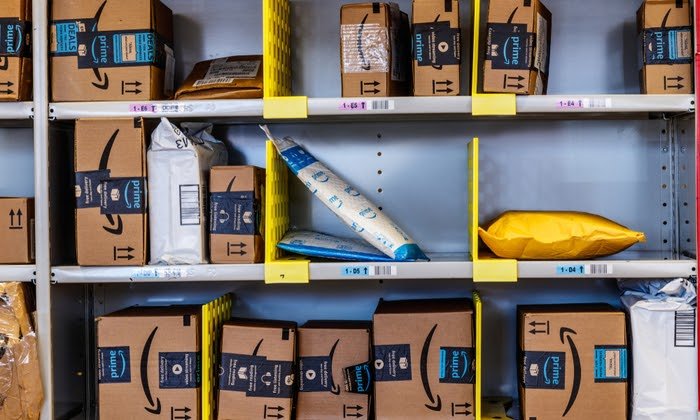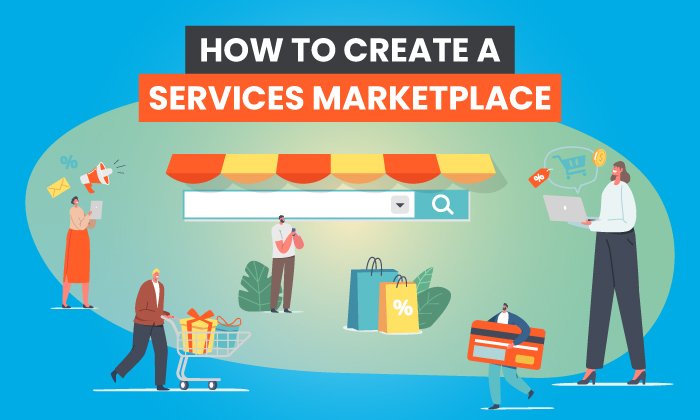‘It’s really just like a catalog’: Overheard at the Digiday Media Marketplace Strategies Forum
By jim cooper
This article was reported on — and first published by — Digiday sibling Modern Retail
At Digiday Media’s Marketplace Strategies Forum in New York City, industry leaders came together to discuss what it takes to successfully sell on third-party marketplaces.
In addition to Amazon, there’s now a growing selection of third-party marketplaces brands can sell through. These include new marketplaces from major retailers like Target and Walmart as well as niche, single-category marketplaces like Bubble Goods or Jane. But that also means brands are constantly having to come up with new strategies about how to make their products stand out on these new marketplaces.
Some of the top concerns expressed by brand founders and marketplace executives at the Marketplace Strategies Forum included: navigating selling on a multitude of new marketplaces, maintaining brand equity while warding off third-party resellers, and loss of control.
Below are some of the most memorable quotes from the event, which was conducted under Chatham House Rules — allowing reporters to share what people say without identifying them by name or their affiliation..
Supply chain issues hit marketplaces
“If you just looked at the cost of shipping from China — the shipping containers, taxes, even just the materials themselves sometimes — shipping costs more than [making] the product.”
“When you have your own direct-to-consumer channel, there’s also more of a [direct] line of communication with customers [about supply chain issues]… [The marketplace middle man] impacts that customer journey even more when you’re dealing with production or supply chain issues.”
“There’s a real cost to shipping and you know that the carriers are going to increase shipping costs through the fourth quarter this year… that’s what they did last year.”
“We’ve launching holiday earlier this year… and four weeks ago, we were still too late… We’re encouraging sellers to sell quicker to try and reduce [shipping] lags, but we’re in the asteroid belt.”
Balancing hero SKUs with larger product lines on marketplaces
“We have the number one selling beauty product and we drive a ton of volume to that skew but it’s 90% of my business on Amazon…So what we’re trying to do is balance the portfolio better, but I can’t seem to get the velocity behind the other SKUs that I’ve got listed… It’s much more balanced in traditional retail.”
“A lot of folks will take their best performing product and focus on that top 10% or 20% of SKUs and that allows them to spend more on that small subset, and have a larger data set within those products.”
Evergreen Amazon challenges
“I think that there’s not a lot of great alternative distribution strategies [besides] Amazon and its scale.”
“We’re finding [using Amazon’s DSP] challenging because we put the dollars behind — not our hero SKUs,but our other SKUs — that we’re trying to build out. We’re challenged with a 10% conversion rate at this point and it is expensive.”
“We’ve grown on Amazon extremely quickly so it’s an incredibly important piece of our distribution at this point. We tend to protect the Amazon inventory …read more
Source:: Digiday







